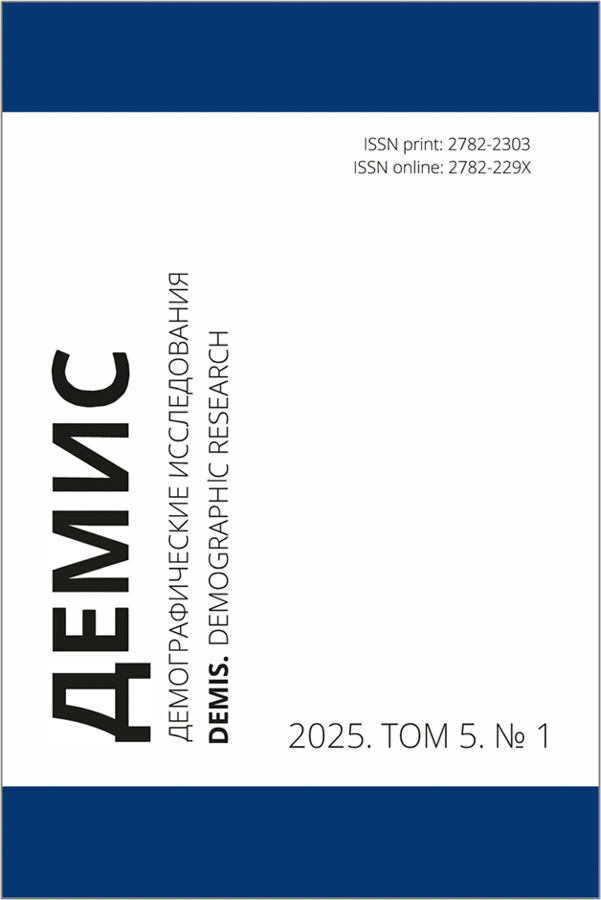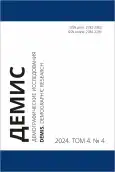The authors devote this review to understanding the key provisions and conclusions obtained by T.K.Rostovskaya, E.B.Bedrina and O.A.Zolotareva in a new collective monograph entitled “Development of Demographic Education in Russia and Abroad”, published in the winter of 2024. The release of this academic work was timed to coincide with the 300th anniversary of the Russian Academy of Sciences, which was celebrated in Russia on February 8, 2024. This work is based on a wide array of various regulatory documents, in particular the International Labor Organization and the Ministry of Labor of Russia, related to the regulation of demographic processes. The work includes a variety of specialized foreign and domestic scientific relevant literature. The authors of the collective monograph note that at the end of perestroika in the USSR, demographic education experiences a real upsurge, which is manifested, first, in the popularity and status of the profession taught at Lomonosov Moscow State University and MESI. Then this is associated with the publication of a significant number of important demographic theoretical, methodological, and practical scientific works, which subsequently begin to acquire significance not only among purely specialist demographers, but also other specialists such as historians, sociologists, and economists. The authors of the collective monograph carefully and step by step describe the importance of the professional standard “Demographer”. It was established that at the present time, alas, in Russia there is a certain “personnel shortage” in demographer specialists. But despite this, the authors also note a positive feature, which concerns the broad opportunities of demographers in the Russian labor market (economist-demographer, leading economist-demographer, consultant, and specialist in demographic expertise, etc.) and, therefore, the further development of their potential. In the process of a comprehensive study, the authors of this collective monograph noted the importance of preserving scientific traditions in training personnel with competencies in the field of demography on a stable and comprehensive basis. In the peer-reviewed collective monograph, for example, the analysis of historical aspects concerning the development of demographic education in foreign countries such as Great Britain, Germany, the USA, Finland, France, and the Czech Republic can undoubtedly be of great interest to the readership (especially to demographers and sociologists). The milestones of demographic education in our country also received due coverage. But the most interesting are the latest transformational trends in the domestic education system, where a significant role was played by the Institute of Demographic Research (IDR) of the Federal Research Center of the Russian Academy of Sciences, which since 2022–2023 has been actively involved in the development of the draft Federal State Educational Standard of Higher Education in the specialty “Demography”, the results of which have yet to be deeply and fully comprehended by the scientific community and appropriate adjustments made. According to the authors of the monograph, now it is undoubted that demographic knowledge is a key part of Russian science and education. In conclusion, the reviewers briefly summarize the conclusions and note new possible paths (directions) in the development of this topic.
 8-25
8-25


 26-51
26-51


 52-67
52-67


 68-81
68-81


 82-98
82-98


 99-114
99-114


 115-138
115-138


 139-151
139-151


 152-164
152-164


 165-183
165-183


 184-201
184-201


 202-215
202-215


 216-225
216-225


 226-241
226-241


 242-259
242-259


 260-273
260-273


 274-281
274-281












